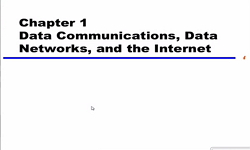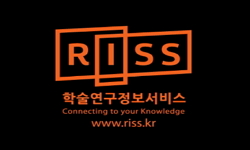This article attempts to find a way to make better exploitation of audiovisual works in digital networks, while at the same time exploring the relationship between audiovisual owners’ rights and users’ rights. As audiovisual works are increasingly...
http://chineseinput.net/에서 pinyin(병음)방식으로 중국어를 변환할 수 있습니다.
변환된 중국어를 복사하여 사용하시면 됩니다.
- 中文 을 입력하시려면 zhongwen을 입력하시고 space를누르시면됩니다.
- 北京 을 입력하시려면 beijing을 입력하시고 space를 누르시면 됩니다.
https://www.riss.kr/link?id=A100119993
- 저자
- 발행기관
- 학술지명
- 권호사항
-
발행연도
2008
-
작성언어
-
-
주제어
인터넷 송신 ; UCC ; 영상저작물 ; DRM ; 권리귀속 ; WIPO신조약 ; audiovisual works ; digital network ; the clearance of rights ; legal mechanism
-
KDC
300
-
자료형태
학술저널
-
수록면
1-16(16쪽)
- 제공처
- 소장기관
-
0
상세조회 -
0
다운로드
부가정보
다국어 초록 (Multilingual Abstract)
This article attempts to find a way to make better exploitation of audiovisual works in digital networks, while at the same time exploring the relationship between audiovisual owners’ rights and users’ rights. As audiovisual works are increasingly put into circulation on the Internet market, audiovisual owners are acutely aware of the problem of easy infringement and feel apprehensive about transmitting their works on the Internet. In order to accomplish the good exploitation of audiovisual works on the Internet, it is very important for the audiovisual industry to license the exploitation rights of an audiovisual work in order to recoup its financial investment through sequential distribution of them in primary and ancillary markets. Granting producers the right to distribute works on the Internet would facilitate the wider dissemination of audiovisual works. Producers wish to minimize their risks and protect their investments by ensuring that adequate channels of distribution are employed to meet audience demands. In order to achieve this, the audiovisual industry requires an easier means to administer the rights of audiovisual works. This can be accomplished by legislation at both international and domestic level assigning all the rights to one of the collaborators of the work. In this way, a producer may easily distribute the audiovisual work on the market without having to obtain permission from all the creative participants. This article examines how this can be achieved without prejudicing the rights of any of the essential elements in the audiovisual creation and production. For this, from the viewpoint of comparative legislations, this article investigates this process of clearing rights as the legal mechanism for “the exploitation of an audiovisual work”.
동일학술지(권/호) 다른 논문
-
- 영산대학교 법률연구소
- 박현경 ( Hyun Kyung Park )
- 2008
-
- 영산대학교 법률연구소
- 홍승기 ( Sung Kee Hong )
- 2008
-
THE ROLE OF THE INDONESIAN INVESTMENT LAW FOR KOREAN BUSINESS AND INVESTMENT IN INDONESIA
- 영산대학교 법률연구소
- ( Sidartha Pratidina )
- 2008
-
- 영산대학교 법률연구소
- ( Huala Adolf )
- 2008




 KISS
KISS







